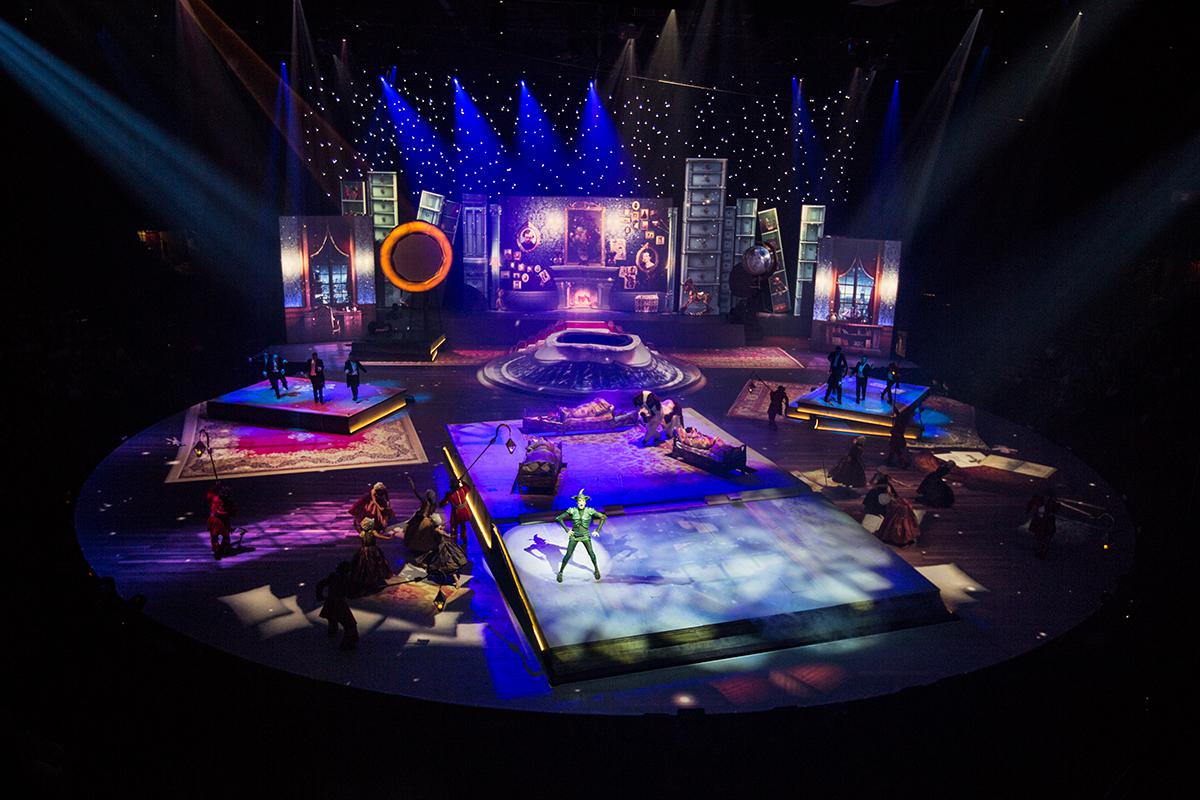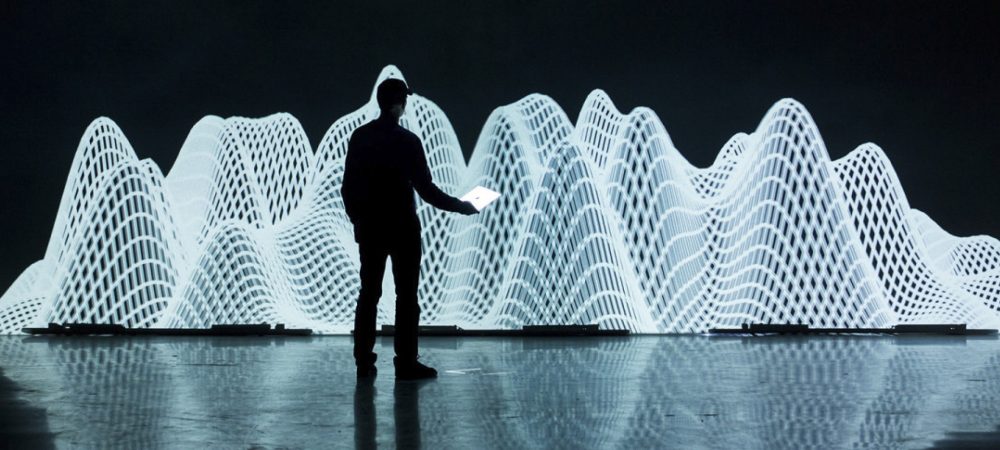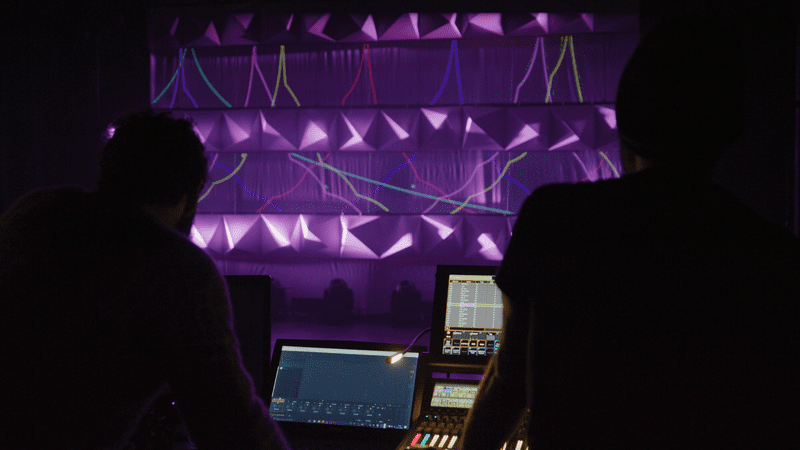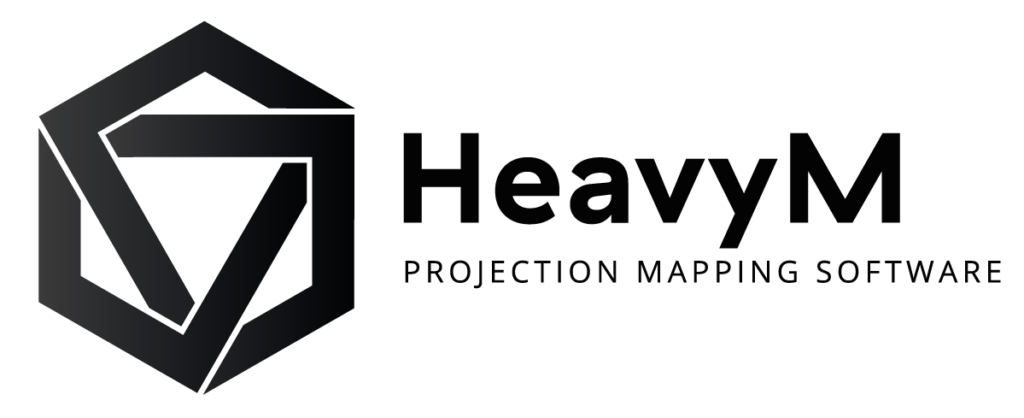The evolution of theatre: The emergence of projection design

Peter Pan: The Never Ending Story – DirtyMirror
Theatre, an art form steeped in centuries of tradition, is presently undergoing a significant transformation. The advent of projection design, a fusion of art and digital technology, is redefining the conventional norms of theater, generating immersive experiences that leave audiences spellbound. This article delves into the rising influence of projection design in theater and showcases how innovative solutions like HeavyM and the Olga Kit from Digital Essence are at the forefront of this exciting shift.
Projection Design: Where Art and Technology Intersect
Projection design refers to the creative integration of projected imagery and animations to augment and diversify the visual environment within spaces, events, or installations. This rapidly evolving field synergizes digital technology with artistic vision, introducing unparalleled versatility and dynamism to industries such as retail, architecture, live events, and theater.
In theatre, projection design has transformed traditional concepts of space and set design. Static backdrops evolve into vibrant landscapes, minimalist sets transform into intricate scenes, and characters interact with the environment in ways previously unimaginable. This dynamic interplay of light, space, and narrative adds a profound depth to theatrical presentations, making each scene a captivating spectacle
The Present Landscape of projection technology
Theatre has always been a hotbed for innovation, and with projection design, its evolution continues. The use of projected backdrops has become commonplace, but the trend now leans towards more complex, interactive projections that add nuance to the narrative and create a heightened sense of immersion.
Projection design also enables real-time visual effects, adding a dynamic layer to the theatrical experience. From rainstorms that ebb and flow with the drama to ethereal landscapes that transform with the narrative arc, projection design is allowing for the creation of responsive environments that react and adapt to the story.
The Future: boundless potential of projection design in theatre

Still from No_Thing, 2015. © Milla & Partner – InterAccess
Looking ahead, the future of projection design in theatre is brimming with potential. Emerging technologies such as augmented reality (AR) and virtual reality (VR) are set to propel this field to new heights. Imagine actors interacting with AR elements projected onto the stage, or audiences donning VR headsets to step into the set themselves, completely revolutionizing the concept of audience immersion.
Moreover, the advent of 3D projection mapping is adding depth and dimension to flat surfaces, turning static sets into living, breathing landscapes. This technology can transform a simple box into a moving vehicle, a forest, or a bustling cityscape, enhancing the illusion of reality and pushing the boundaries of theatrical design.
HeavyM: The essential tool for every projection designer

At the heart of this theatrical revolution is HeavyM, an intuitive software solution tailored for projection design. HeavyM democratizes the world of projection mapping, offering an accessible platform for artists to transform their creative visions into captivating projections.
HeavyM features a user-friendly interface packed with a robust toolkit, making it perfect for theatre professionals aiming to create awe-inspiring projection designs. Whether you’re a novice exploring the world of digital design or a seasoned artist seeking to push your creative limits, HeavyM offers the versatility and functionality to bring your ideas to life.
Olga Kit: Redefining theatrical set design

Complementing HeavyM is the Olga kit, a modular solution designed to simplify the creation of stunning three-dimensional projection mapping installations. The Olga kit consists of lightweight and recyclable cardboard modules, allowing for quick and easy assembly of intricate, multidimensional structures.
The real magic happens when the Olga kit is paired with HeavyM software. Artists can project their designs onto these structures, transforming them into vibrant and dynamic elements of the theatrical set. From abstract geometric patterns that pulse with the rhythm of the music to realistic animations that enhance the narrative, the possibilities are as limitless as your imagination.
Digital Essence: Pioneering the projection design revolution

Armed with state-of-the-art tools like HeavyM and Olga Kit, Digital Essence stands at the helm of the projection design revolution. Their commitment to developing intuitive, user-friendly solutions for projection design solidifies their reputation as a trusted ally for artists and theatre professionals.
A beginner's guide to projection design in theatre
For those who are new to the world of projection design or video mapping, getting started might seem daunting. The task of creating immersive visual experiences that capture and engage an audience can appear complex, but with the right tools, this process can be accessible, enjoyable, and rewarding. That’s where HeavyM comes into play.
HeavyM stands as a shining beacon for beginners in the realm of projection design. It’s hailed as the best tool in the market, designed to be easy to use and requiring no technical skills. With its intuitive interface and user-friendly operations, HeavyM demystifies the process of creating stunning visual displays. Whether you’re a novice just dipping your toes in or an experienced professional looking for a more efficient solution, HeavyM is the key to unlocking your creative potential in projection design.
1. Understanding your space
The first step in projection design is understanding the space you’ll be working with. It could be a theatre stage, a wall, or any surface you choose to transform into a canvas for your visuals.
2.Creating your visuals
Next, you’ll need to create the visuals you want to project. This is where Digital Essence’s HeavyM comes into play. HeavyM is a user-friendly software that lets you design visuals or import custom content.
3.Mapping your projections
Once your visuals are ready, the next step is mapping them onto your chosen surface. HeavyM’s mapping tools enable you to align your visuals with the contours of the surface, ensuring a seamless and realistic display
4. Enhancing with audio
To further enhance the immersive experience, you can synchronize your visuals with soundtracks or sound effects using HeavyM.
Conclusion
Projection design has breathed new life into the world of theatre, transforming static sets into dynamic landscapes, and traditional narratives into immersive experiences. As we move forward, the fusion of technology and creativity promises an exciting future for theatre, with projection design at the helm.
With innovative tools like HeavyM software and the Olga kit, Digital Essence is pioneering this revolution, providing theatre professionals with the resources they need to push the boundaries of storytelling. As the curtains rise on this new era of theatre, Digital Essence is ready to take you on a journey into the future of projection design.

Indecent by Paula Vogel at Victory Garden’s Theater. Set by Jeffrey Kmiec. Projection design Stephan Mazurek. – TheTheatreArtLife

